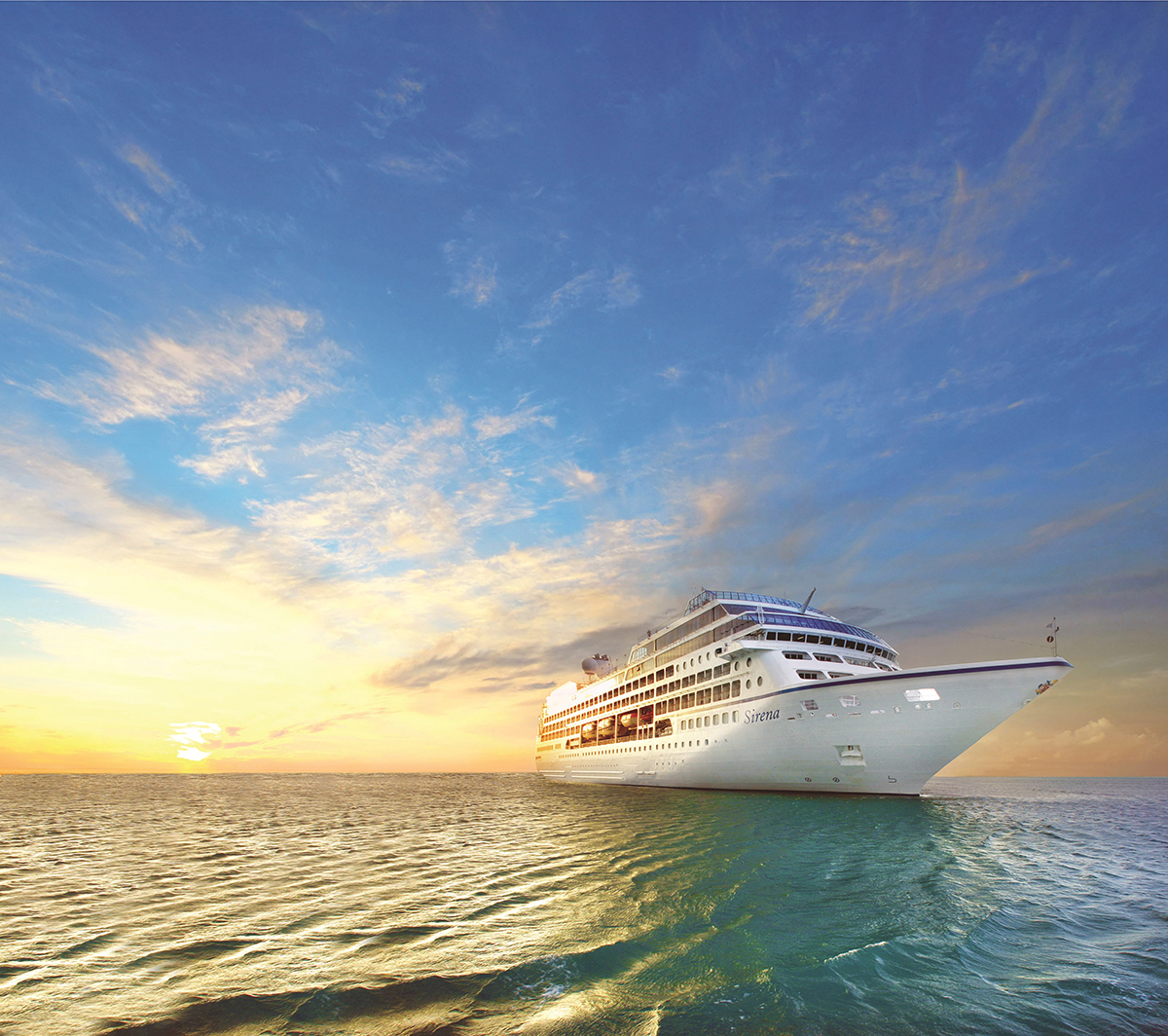
Sirena is the newest addition to Oceania Cruises’ fleet
Luxury cruise brand Oceania Cruises is in the midst of multi-million dollar project, which will see the refurbishment of their six ship fleet and the introduction of new exotic itineraries. We speak to the brand’s Senior Vice President and Managing Director Bernard Carter about the changes to come, fine dining at sea and how the brand is tackling sustainability

Bernard Carter
1. Can you tell us about the OceaniaNEXT initiative and what it means for the brand?
Our $100 million OceaniaNEXT initiative is a sweeping array of dramatic enhancements designed to elevate every facet of the guest experience; from thoughtfully-crafted new dining experiences and reimagined menus, to the re-inspiration of our six luxurious and intimate ships.
The ships are being completely transformed – with brand new designer suites and staterooms and stunning new décor in the restaurants, lounges and bars – which will result in ‘better-than-new’ ships.
On top of this, we have announced we are preparing to take delivery of two new Allura-class ships in 2022 and 2025. This new class of ship will represent an evolution of the Oceania Cruises’ experience with all the elements our guests treasure: a warm, intimate, residential style, the most spacious standard staterooms afloat, amazing suites, and of course, excellent cuisine.
Follow LUX on Instagram: luxthemagazine
2. How do you provide fine dining services onboard?
Along with destination and service, we believe that cuisine is a key element of the cruise experience and this is what Oceania Cruises has been built on. Our promise to offer ‘The Finest Cuisine At Sea’ stands at the very heart of our business.
The key to offering such incredible food at sea is planning. We plan menus months in advance to ensure the smooth running of onboard operations.
This meticulous planning sits hand-in-hand with the need to build an impeccable network of trusted suppliers, who can deliver the quality goods we demand for ‘The Finest Cuisine At Sea’. Meats, fish and produce from specific and dedicated farms, some where we are the only customer – every detail is covered with care and attention to ensure we only use the very best ingredients.
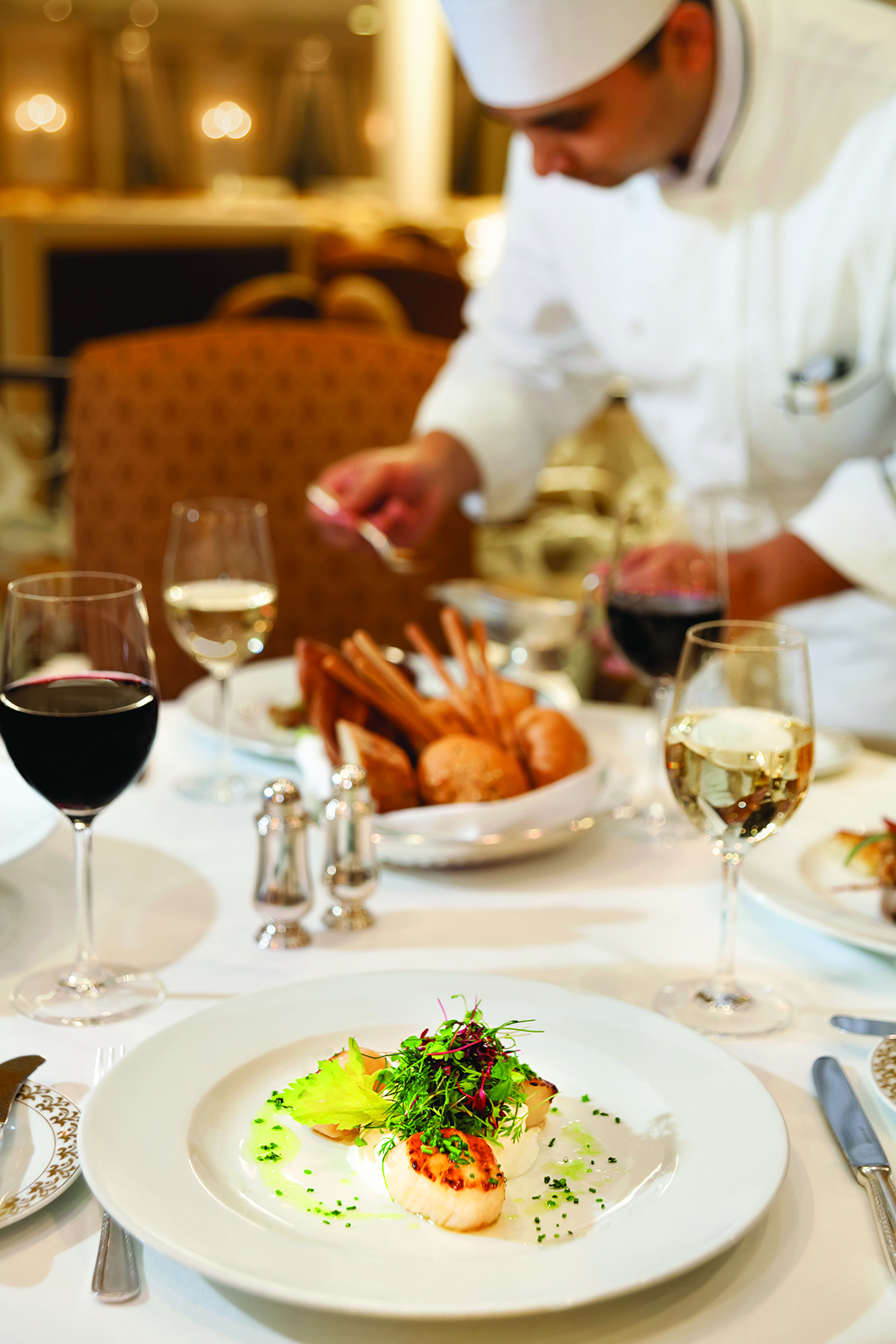
Oceania Cruises has a reputation for high quality cuisine onboard their ships
More than a quarter of all crew onboard an Oceania Cruises’ ship is dedicated to the culinary experience. Our high ratio of culinary staff to guest means that each dish is able to be created in our state-of-the-art galley à la minute.
Alongside the fantastic food on offer in our restaurants, we love to engage with our guests and offer them the chance to have a hands-on experience at The Culinary Center, our cookery school onboard Marina and Riviera. Here, our guests can cook along with our talented master chefs at fully-equipped individual workstations. We also offer a range of culinary excursions, giving guests the chance to see well-known destinations through an alternative ‘culinary lens’.
3. With a career spanning 25 years in the industry, what are some of the biggest changes you’ve noticed?
There’s been a real and meaningful shift towards wellness in the last ten years or so. Where once, the likes of offering fitness classes and having fully-equipped gyms onboard were seen as a nice-to-have element, they are now a crucial element of a holistic suite of wellness options for guests.
Just last month, we unveiled our new ‘Aquamar Spa + Vitality Centre’ the most unique and comprehensive spa and wellness centre at sea. This will be introduced across all ships by mid-January 2020 as part of our OceaniaNEXT enhancement.
This extends well beyond a traditional spa, offering a complete and original collection of holistic wellness encounters both onboard and ashore, including wellness cuisine options, land-based tours in ports of call, and onboard treatments and classes.
Our guests are active, they are leading rich and fulfilled lives. For them, wellness is not a pursuit, it’s a lifestyle.
Read next: Jetcraft’s owner & chairman Jahid Fazal-Karim on global trading
4. Do you think the expectations of luxury cruise clients differ from the demands of customers at luxury hotels, and if so how?
In a word: no. Guests who appreciate, and seek out luxury do so in all areas of their life – from cars to jewellery, from cuisine to travel.
At Oceania Cruises, our guests are a like-minded group who appreciate the same things, and our onboard operation being akin to an English country hotel, or a private members club lends itself to discerning individuals that want to explore the world from the comfort of their own home away from home.
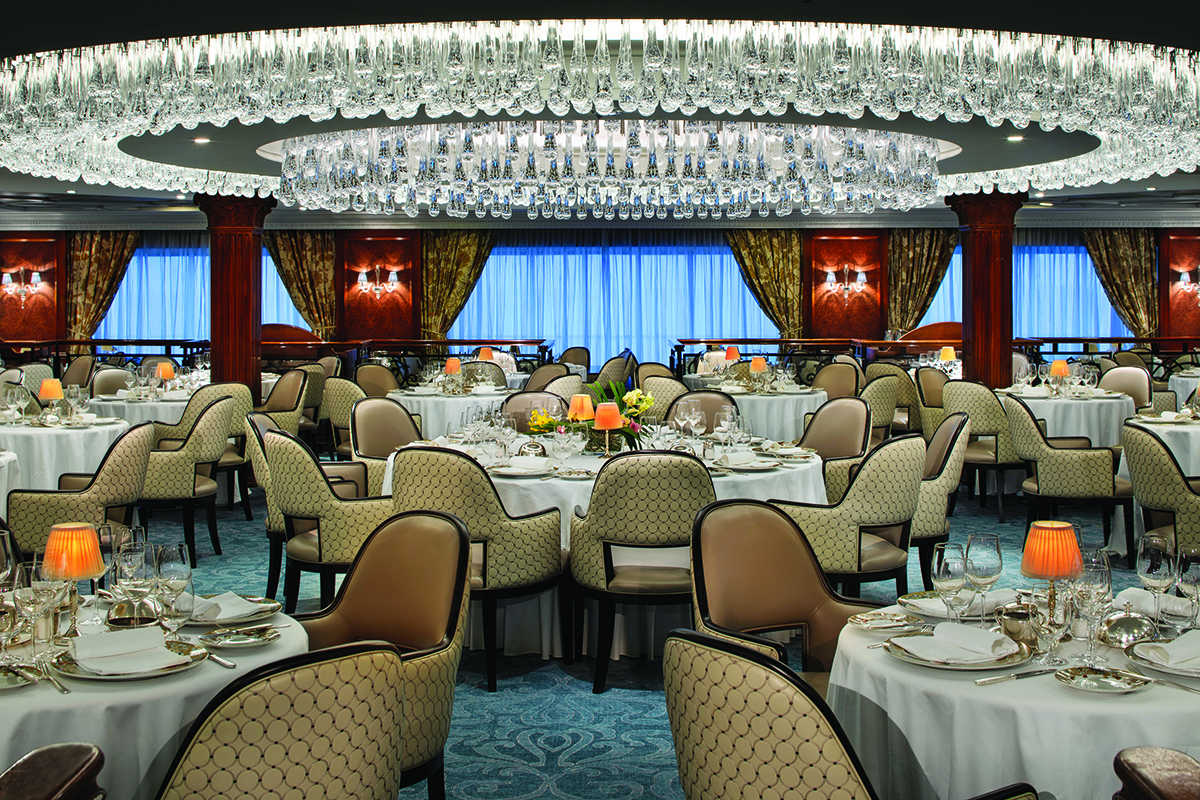
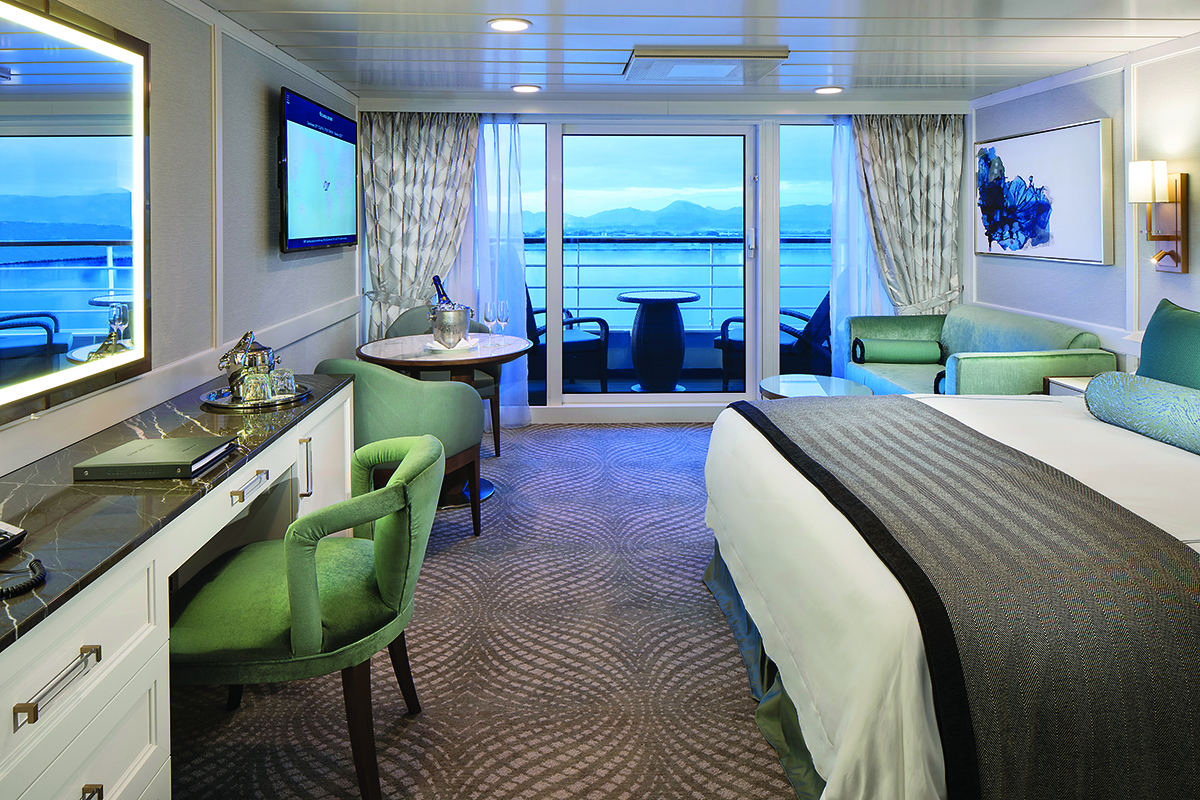
Here: The Penthouse Suite onboard Insignia. Above: the ship’s grand dining room
5. How are you tackling issues of sustainability?
Our environmental commitment is continually evolving and expanding into additional areas of our operations, both shipboard and shoreside.
Our industry is inextricably linked to the condition of our oceans and as such, continual improvement is one of our core responsibilities. In line with this accountability comes our commitment to preventing accidents and incidents involving pollution, reducing the environmental impact of our operations, and managing waste through recycling and reusing materials.
A great example of this is earlier this year, Oceania Cruises became the first cruise line to introduce VERO Water, the Gold Standard in still and sparkling water service onboard. All guest accommodation is be stocked with refillable and reusable VERO Water decanters as well as all restaurants and bars. With the introduction of VERO, we will eliminate more than three million single-use plastic bottles per year from onboard use
This is being extended further to include keepsake refillable water bottles for each guest to take VERO Water ashore with them, eliminating several million more bottles per year.
6. What’s been your most memorable voyage to date?
I have been lucky enough to experience many amazing cruise destinations during my career, but my most memorable has to be the 14-night journey onboard Nautica from the historically pivotal city of Istanbul through to cosmopolitan and vibrant Barcelona.
After an overnight stay onboard in Istanbul (which allowed us to really explore the city in depth) we set off around a variety of Greek islands, each with their own unique charm. These included Rhodes, Mykonos, Santorini and UNESCO heritage site, Monemvasia – where only a limited number of visitors each year are allowed onto the Old Town, built into a massive rock that can only be reached by a half-mile causeway.
Having spent a week living the ‘island life’ we headed to the western Mediterranean to experience the beauty of Sicily, the Italian gems of Rome and Florence and then to the billionaires’ haven, Monte Carlo. This second week was quite simply a majestic parade of history, culture and luxury – and as we ended in Barcelona it actually felt like we had been on two holidays in one!
For more information visit: oceaniacruises.com

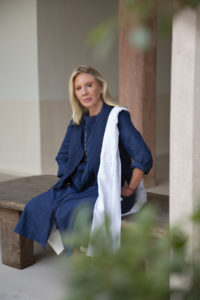






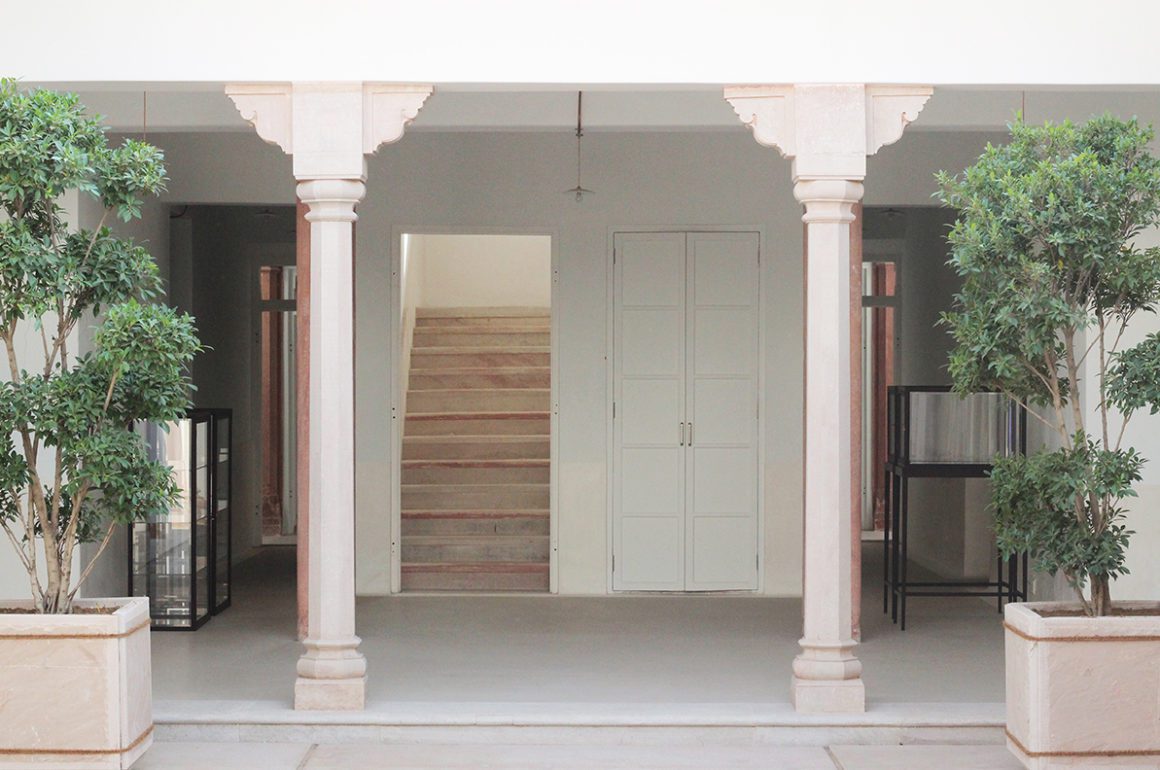
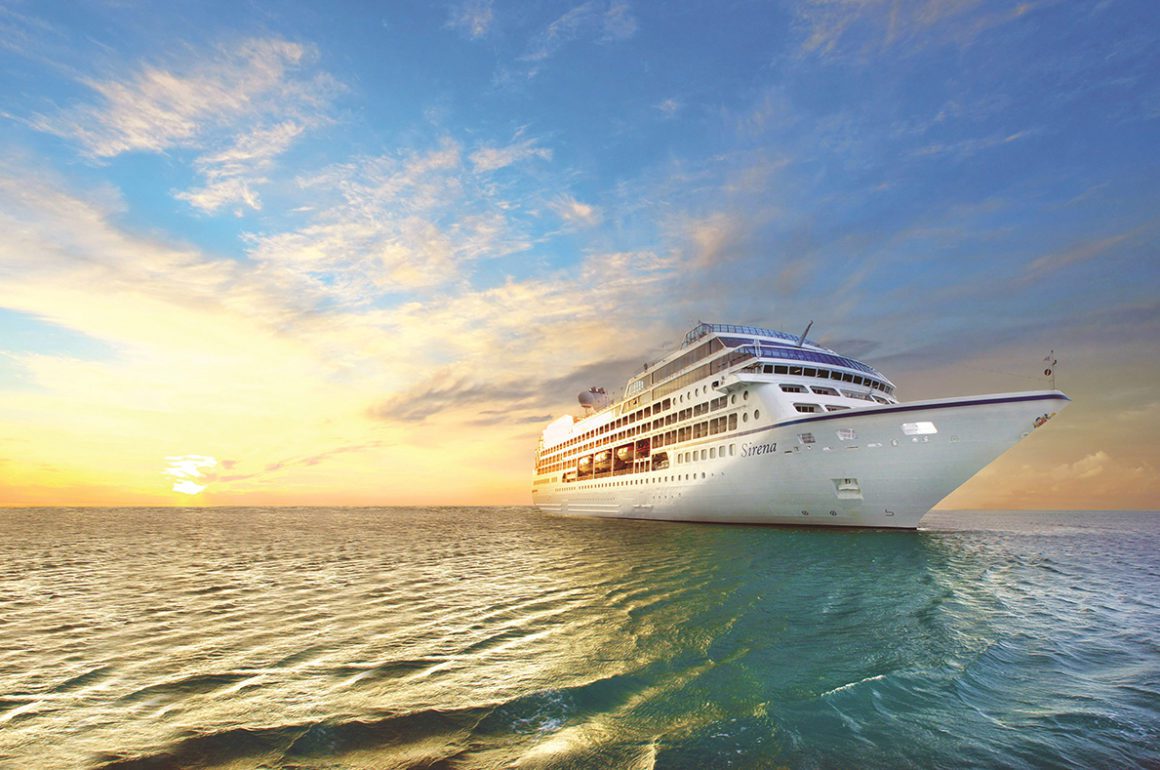





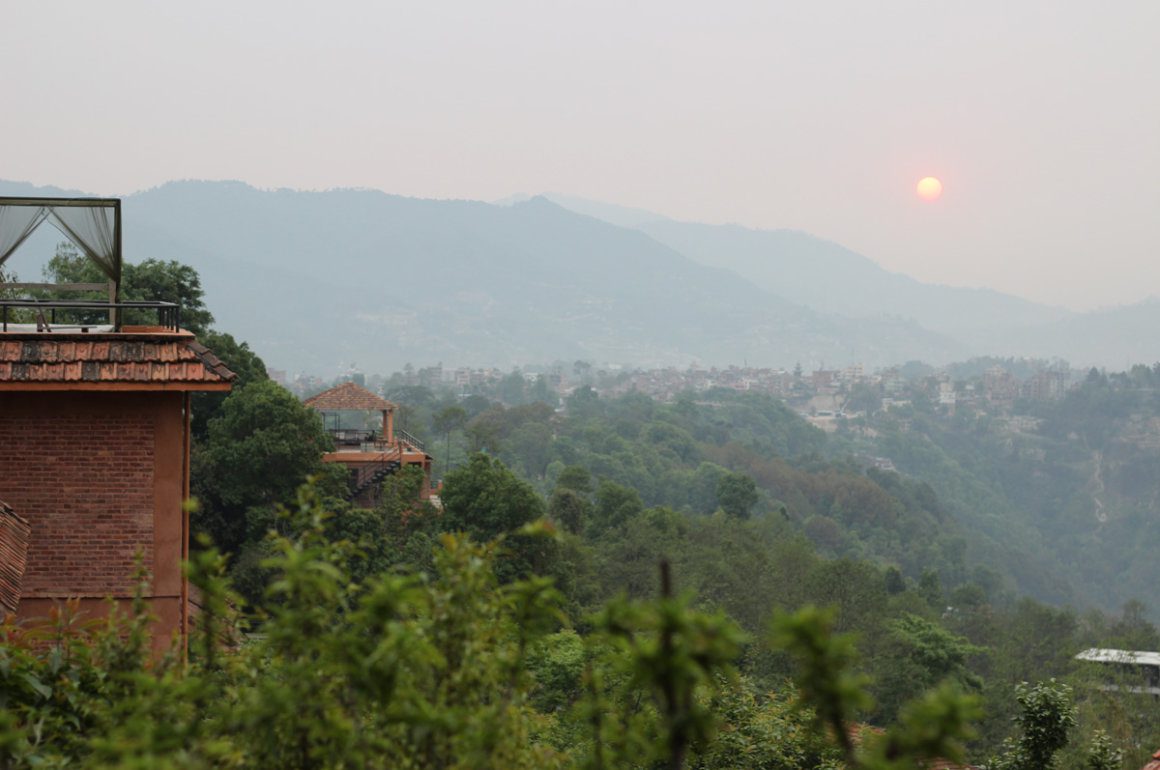
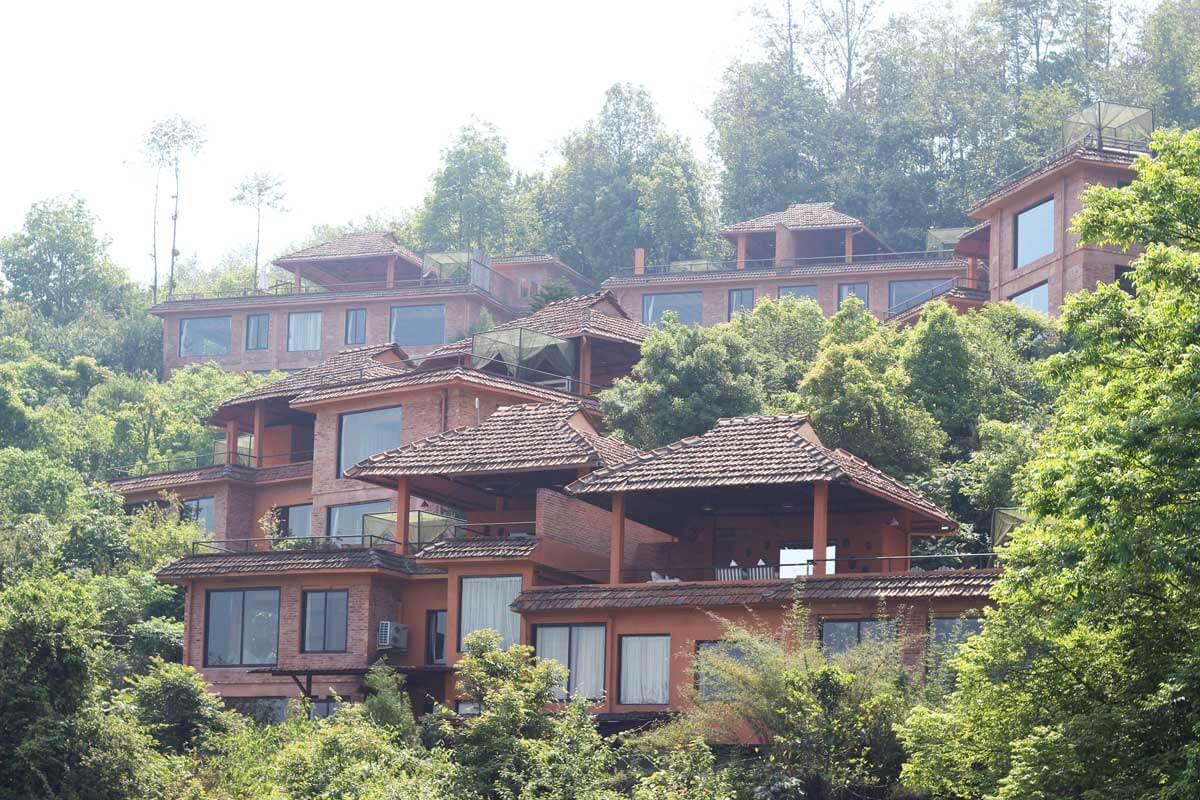
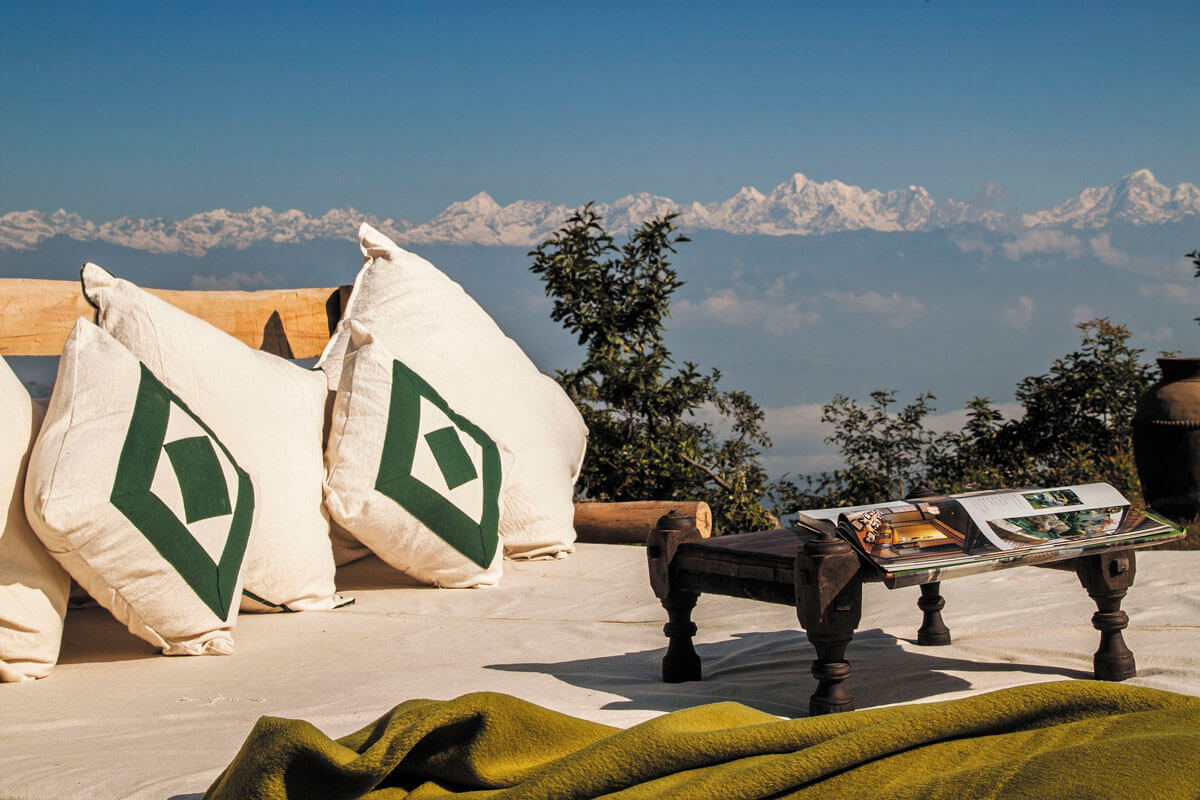
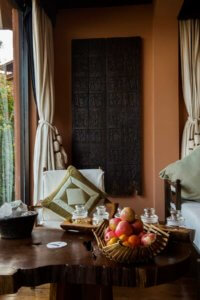
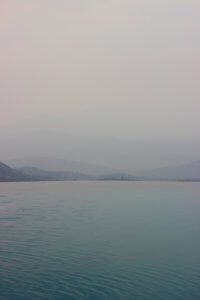
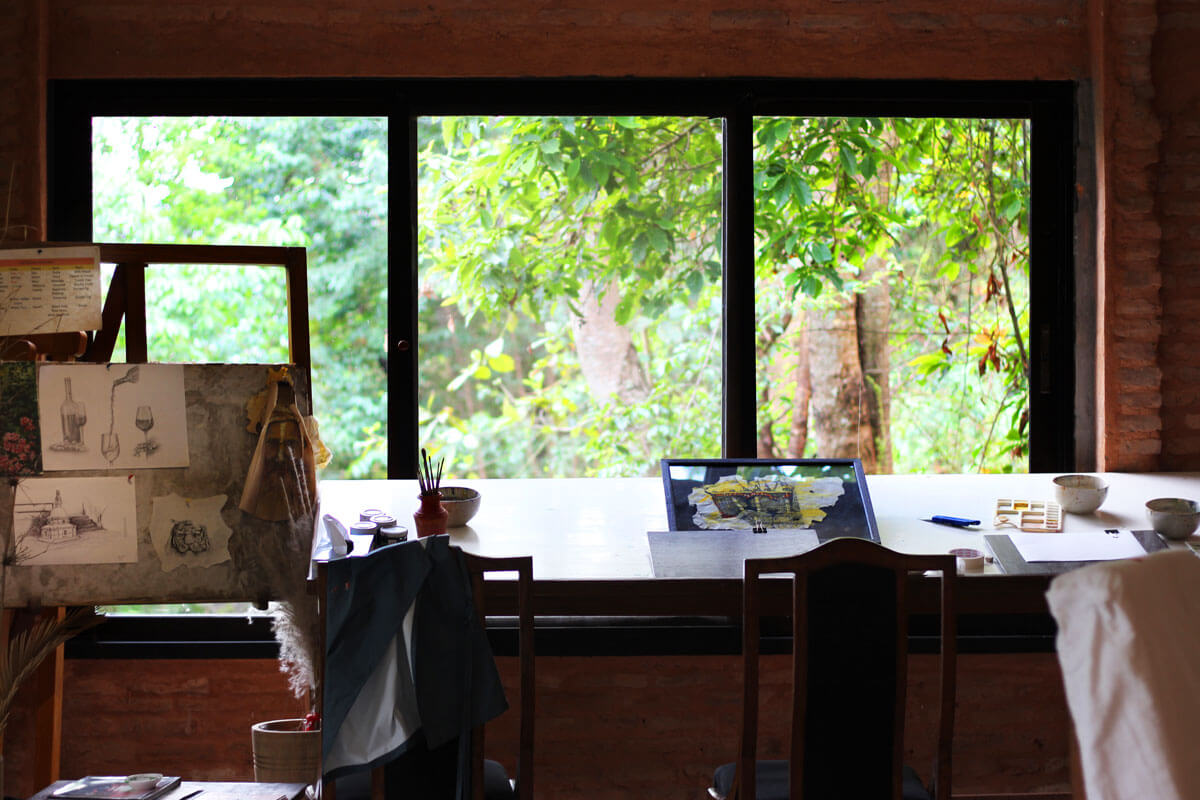
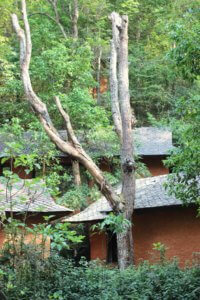
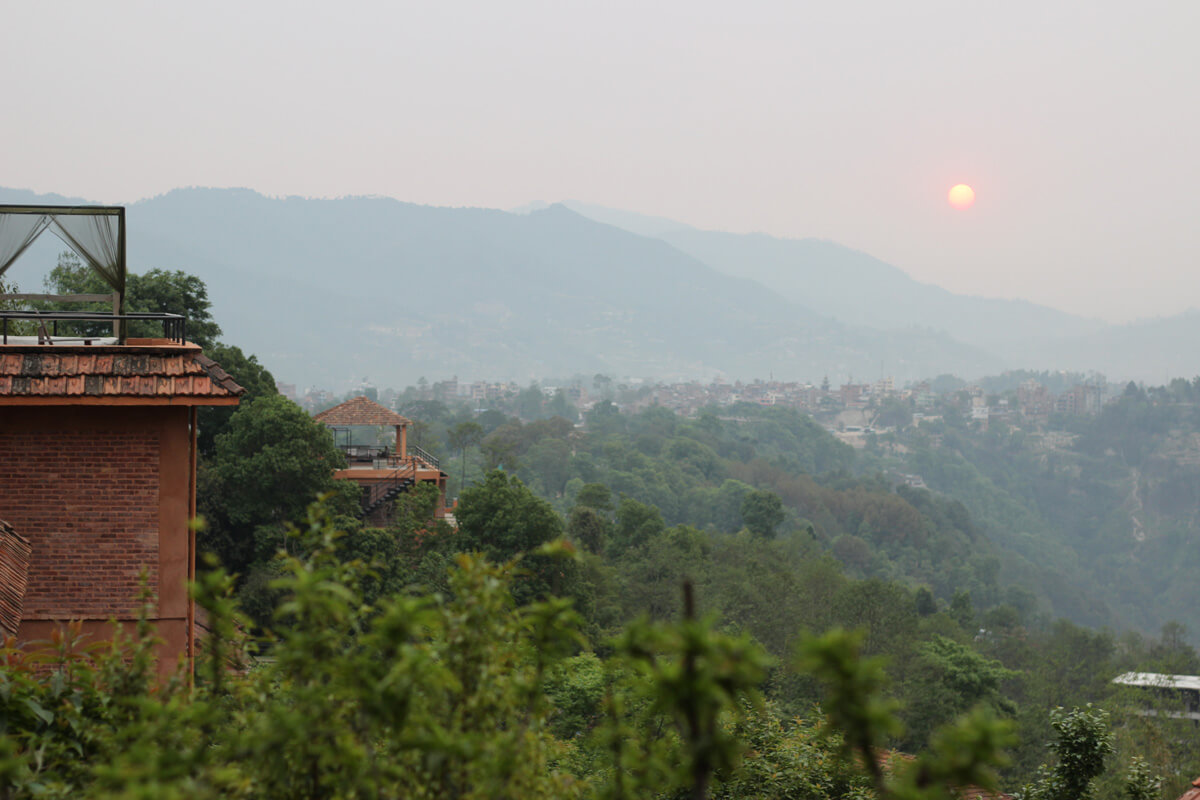





Recent Comments